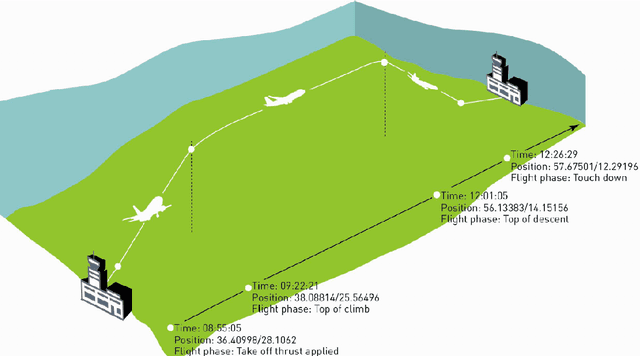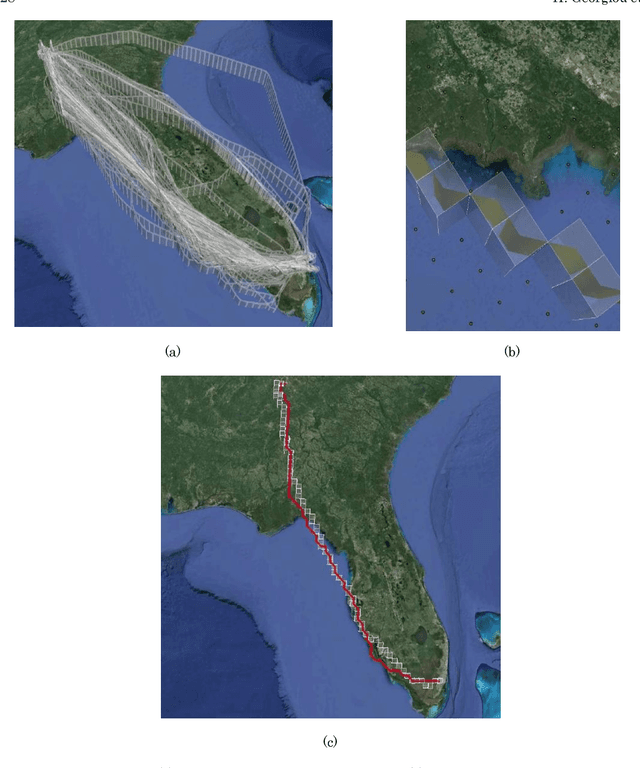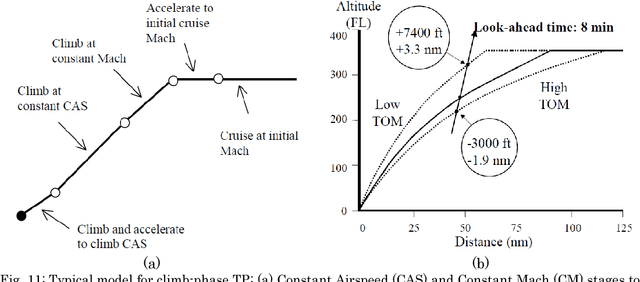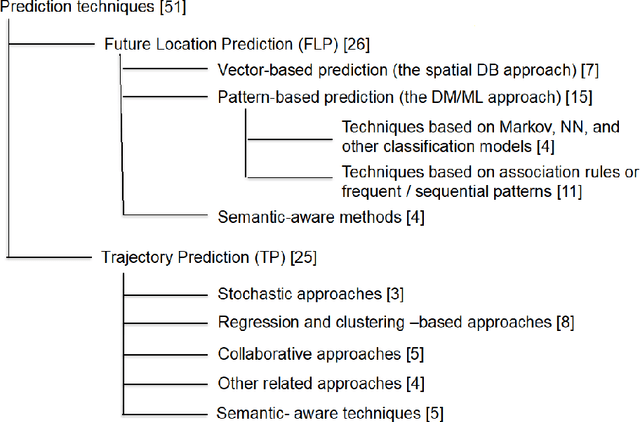Harris Georgiou
Moving Objects Analytics: Survey on Future Location & Trajectory Prediction Methods
Jul 11, 2018



Abstract:The tremendous growth of positioning technologies and GPS enabled devices has produced huge volumes of tracking data during the recent years. This source of information constitutes a rich input for data analytics processes, either offline (e.g. cluster analysis, hot motion discovery) or online (e.g. short-term forecasting of forthcoming positions). This paper focuses on predictive analytics for moving objects (could be pedestrians, cars, vessels, planes, animals, etc.) and surveys the state-of-the-art in the context of future location and trajectory prediction. We provide an extensive review of over 50 works, also proposing a novel taxonomy of predictive algorithms over moving objects. We also list the properties of several real datasets used in the past for validation purposes of those works and, motivated by this, we discuss challenges that arise in the transition from conventional to Big Data applications. CCS Concepts: Information systems > Spatial-temporal systems; Information systems > Data analytics; Information systems > Data mining; Computing methodologies > Machine learning Additional Key Words and Phrases: mobility data, moving object trajectories, trajectory prediction, future location prediction.
Algorithms for Image Analysis and Combination of Pattern Classifiers with Application to Medical Diagnosis
Oct 18, 2009Abstract:Medical Informatics and the application of modern signal processing in the assistance of the diagnostic process in medical imaging is one of the more recent and active research areas today. This thesis addresses a variety of issues related to the general problem of medical image analysis, specifically in mammography, and presents a series of algorithms and design approaches for all the intermediate levels of a modern system for computer-aided diagnosis (CAD). The diagnostic problem is analyzed with a systematic approach, first defining the imaging characteristics and features that are relevant to probable pathology in mammo-grams. Next, these features are quantified and fused into new, integrated radio-logical systems that exhibit embedded digital signal processing, in order to improve the final result and minimize the radiological dose for the patient. In a higher level, special algorithms are designed for detecting and encoding these clinically interest-ing imaging features, in order to be used as input to advanced pattern classifiers and machine learning models. Finally, these approaches are extended in multi-classifier models under the scope of Game Theory and optimum collective deci-sion, in order to produce efficient solutions for combining classifiers with minimum computational costs for advanced diagnostic systems. The material covered in this thesis is related to a total of 18 published papers, 6 in scientific journals and 12 in international conferences.
 Add to Chrome
Add to Chrome Add to Firefox
Add to Firefox Add to Edge
Add to Edge